bogleric
TPF Noob!
I have encountered an issue with photoshop during the resizing of a photo that I did not previously encounter... maybe I just didn't notice.
I have an image that is RAW format and I am using Adobe Bridge to open it in photoshop. I need to resize it to a smaller image and when I do I lose a great amount of detail in the image. I am editing in 16 bit, sRGB. The purpose of the resize is so I can send it via email.
I can even save the original size to JPG and not lose any detail, and of course if I resize and don't re-sample the image (like I would do for printing) I don't lose any detail.
Does anyone have any tips for reducing this effect. I know that some is normal, but this is beyond normal. Unfortunately I cannot post the images that I am working with, there are some minors in the picture and the parents are very explicit about not posting to the web. That is why I need to email.
I have an image that is RAW format and I am using Adobe Bridge to open it in photoshop. I need to resize it to a smaller image and when I do I lose a great amount of detail in the image. I am editing in 16 bit, sRGB. The purpose of the resize is so I can send it via email.
I can even save the original size to JPG and not lose any detail, and of course if I resize and don't re-sample the image (like I would do for printing) I don't lose any detail.
Does anyone have any tips for reducing this effect. I know that some is normal, but this is beyond normal. Unfortunately I cannot post the images that I am working with, there are some minors in the picture and the parents are very explicit about not posting to the web. That is why I need to email.



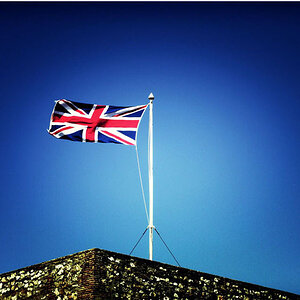
![[No title]](/data/xfmg/thumbnail/42/42454-2589290b654fa7e0ffdd794aaa5cbd86.jpg?1619740190)
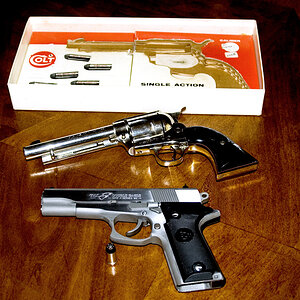
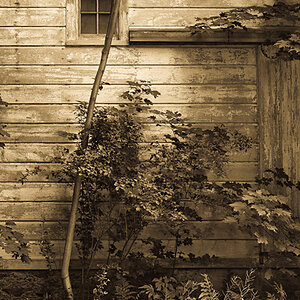
![[No title]](/data/xfmg/thumbnail/35/35969-b6f009f356cac5fdbffb0729bddb9e25.jpg?1619737288)
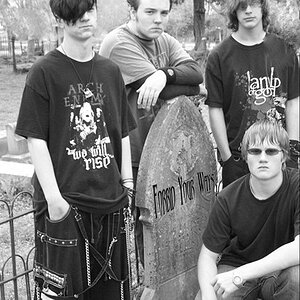
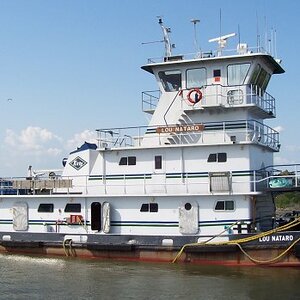
![[No title]](/data/xfmg/thumbnail/42/42485-78d600ec012514df268a482c4c59bb62.jpg?1619740196)
![[No title]](/data/xfmg/thumbnail/42/42483-f2f2bc205a7f02ea47df4ffc45d86e24.jpg?1619740195)